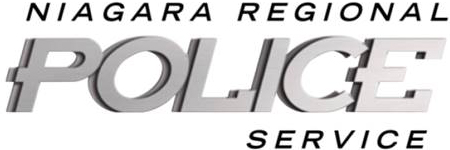
Unfortunately an all too common operation off the Great Lakes shoreline and the fast flowing rivers within the Niagara Region is the search for drowning victims. Liveboating (often called sledding) is a common police search method that allows the diver to cover an extensive area in a relatively short time without diver fatigue.
The Niagara Regional Police USRU was the first police recovery team in North America to acquire the Foreshores Technologies' "Toad Sled" following research and development testing with the company in 1997. Most units continue to use assorted versions of one or two-man plywood planning board that are easy to make and far less expensive, but limited in their application, especially when used in fast flowing water.
A single diver is attached to the sled with a Spectra lifeline and quick release stainless steel snap shackle with a small lanyard attached to the opening pin. The standby diver remains topside on the tow vessel attached to a lifeline that is 1/3 longer than the towline. The diver, standby diver and comms officer are able to communicate via hard wire communications.
Toad Sled
The "Toad Sled" is made of heavy-duty aluminum and Lexan to withstand impacts and protect the diver. Lights, hardwire comms, depth gauge, emergency cutting tool and a video support system are standard features on the sled. A bailout bottle, surface supply umbilical and sonar equipment can easily be added to the system to increase diver safety and search efficiency.
The sled pilot is towed behind the boat at a speed dictated by the diver and search conditions. The "Toad Sled" has been tested and capable of performing in currents up to 8.0 knots and to depths of 27m (90ft.) Sledding operations have been conducted in visibility of one meter or less, however a minimum of three meters is recommended.
 I'd Like To
I'd Like To





 Subscribe to this Page
Subscribe to this Page